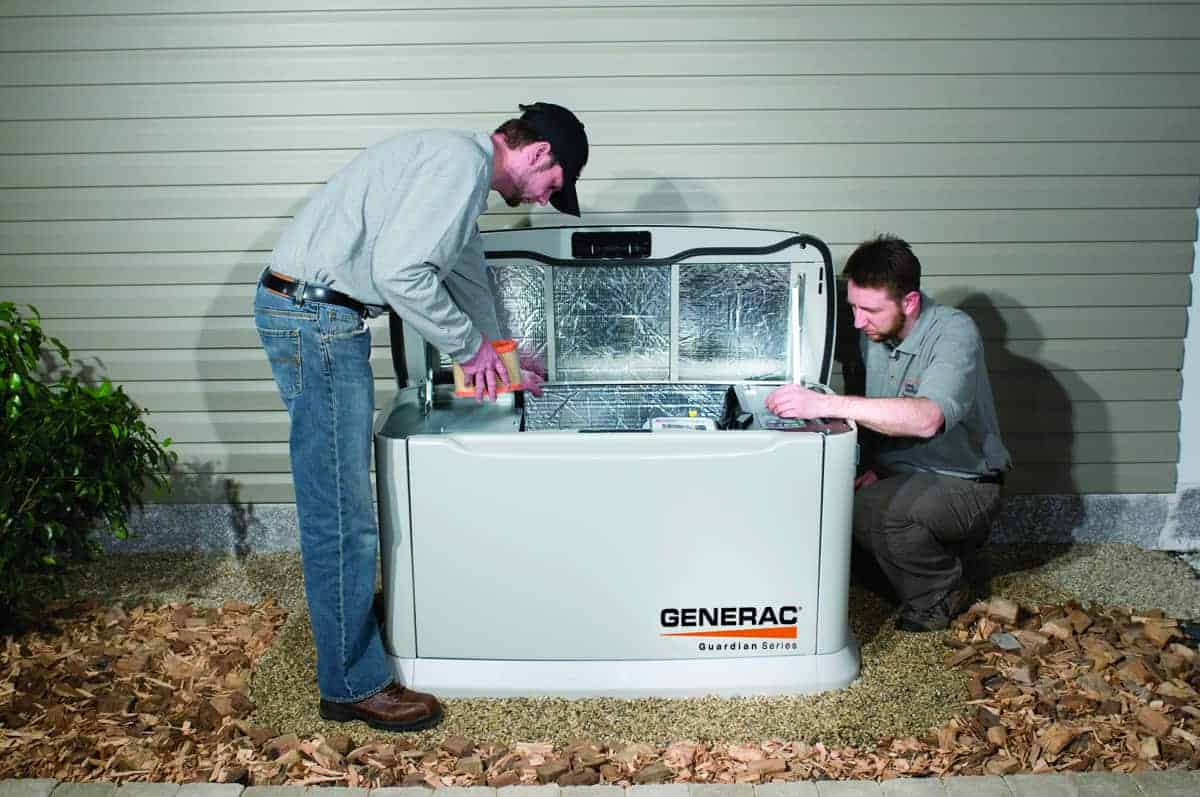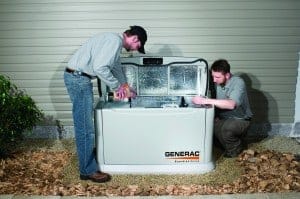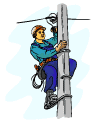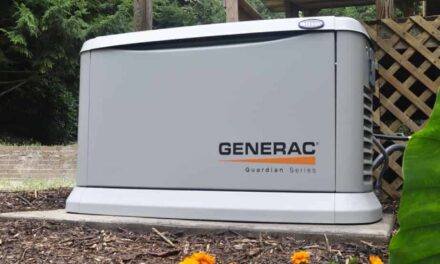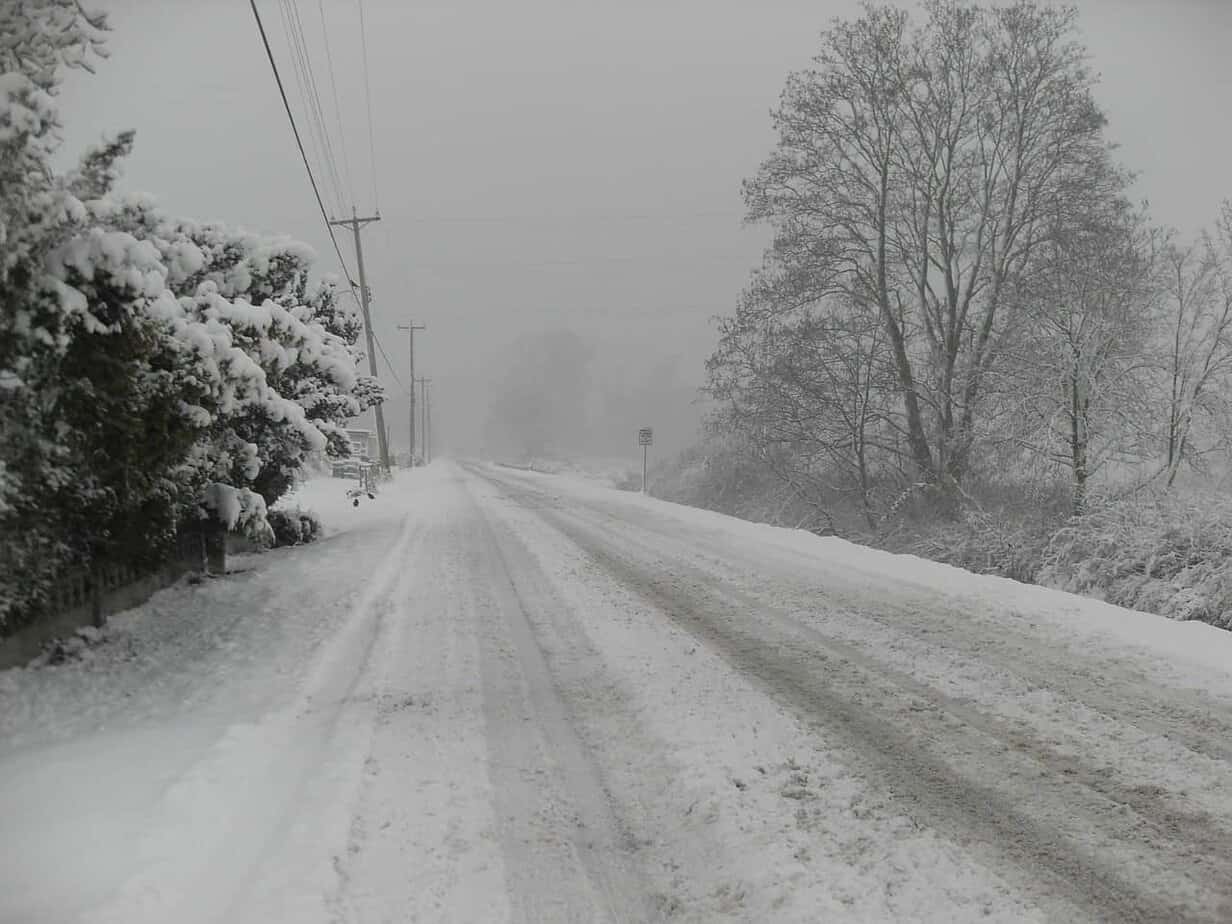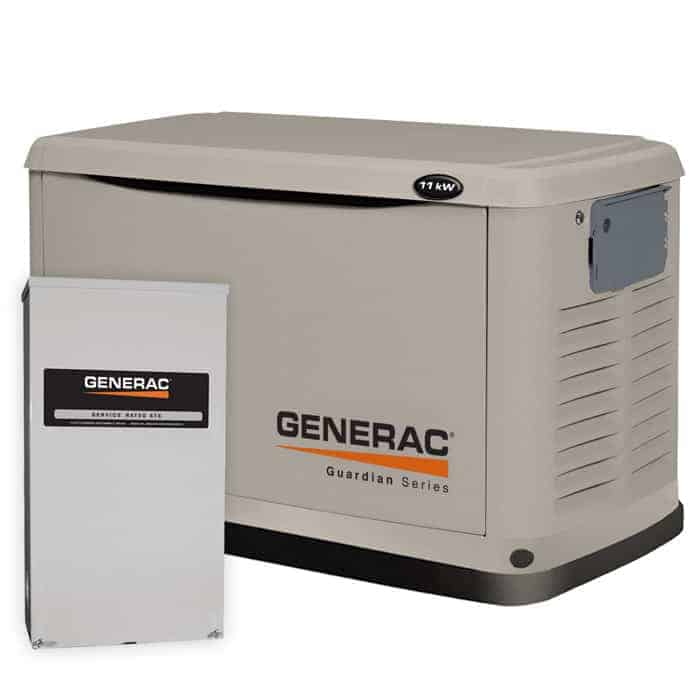The season of severe weather is just around the corner. Everything from hurricanes and tornadoes, to floods, brush fires, and torrential rains will impact lives across the United States in the coming months. Every year, millions of utility customers do without power for periods that range from a few hours to a few weeks.
While not everyone in the country will be affected by the season’s power outages, there is no guarantee anyone will have uninterrupted power.
Norwall PowerSystems keeps standby generators in stock and ready to ship within a day or two, but that doesn’t mean you can order a unit today and plug it in tomorrow.
A standby generator installation requires planning, building permits, the services of at least two trades, inspections, and some units also require activation. When the next weather event threatens electrical power or even knocks it out, big-box home centers will sell out their entire stock of standby and portable generators within hours.
Planning Process
Before you purchase, select a location for the generator that meets local and national fire and electrical codes, and also the manufacturer’s recommendation. For most air-cooled residential standby generators, this means 18 inches away from the building, 36 inches of clearance on either side and in front of the unit, and a minimum of five feet horizontally to any window, door, vent, or other opening.
It is important that you speak with the local building department yourself. Being informed about local codes and what it takes to install the generator properly will help you spot shoddy work and avoid problems later. Take a plat of survey with you to the building department and show them where you want to install the unit. Some communities require an inspection to ensure the location and electrical system are up to code.
Find an electrician. Even though any journeyman electrician is technically qualified to do the job, find one with generator installation experience. Ask how many standby generators they have installed and discuss the installation with them. It’s always a good idea to get references, and anyone with satisfied customers will be happy to provide a few references.
An experienced electrician will also know what local codes require and can navigate the sometimes complex task of acquiring building permits and having the work pass a final inspection.
In all likelihood, you will also need a plumber or other mechanical contractor to run a gas line to the installation location and connect the unit. They will also determine if your natural gas meter or LP gas regulator is large enough and can coordinate with the local gas company to make meter changes if necessary or install a new regulator.
Don’t forget to plan for delivery. The truck will arrive with the generator and they will place it at the entrance of your driveway. You’ll need to arrange help in advance to move it close to the installation location. A 20 kilowatt unit will need six strong people and two 3/4-inch black-iron pipes to carry it.
The installation of some automatic transfer switches requires interrupting the power from the meter. An electrician can safely disconnect the meter and make the installation, but dealing with live wires direct from the pole isn’t something most DIYers are qualified to do. In some cases, the electric utility requires notification, in others they may disconnect and then reconnect the meter after the install is complete. It’s just one more reason to employ the services of a qualified electrician.
If the install requires interruption of utility power, it’s a good bet you’ll do without power for several hours at a minimum, and possibly an entire day.
Plan Ahead
Don’t wait for the next weather event or local distribution problem to look for a generator. Plan ahead for severe weather and other utility disruptions and begin planning your standby generator installation today. You won’t be sorry when the rest of the neighborhood is dark and sweltering in the heat while your lights are on and your home is cool.

